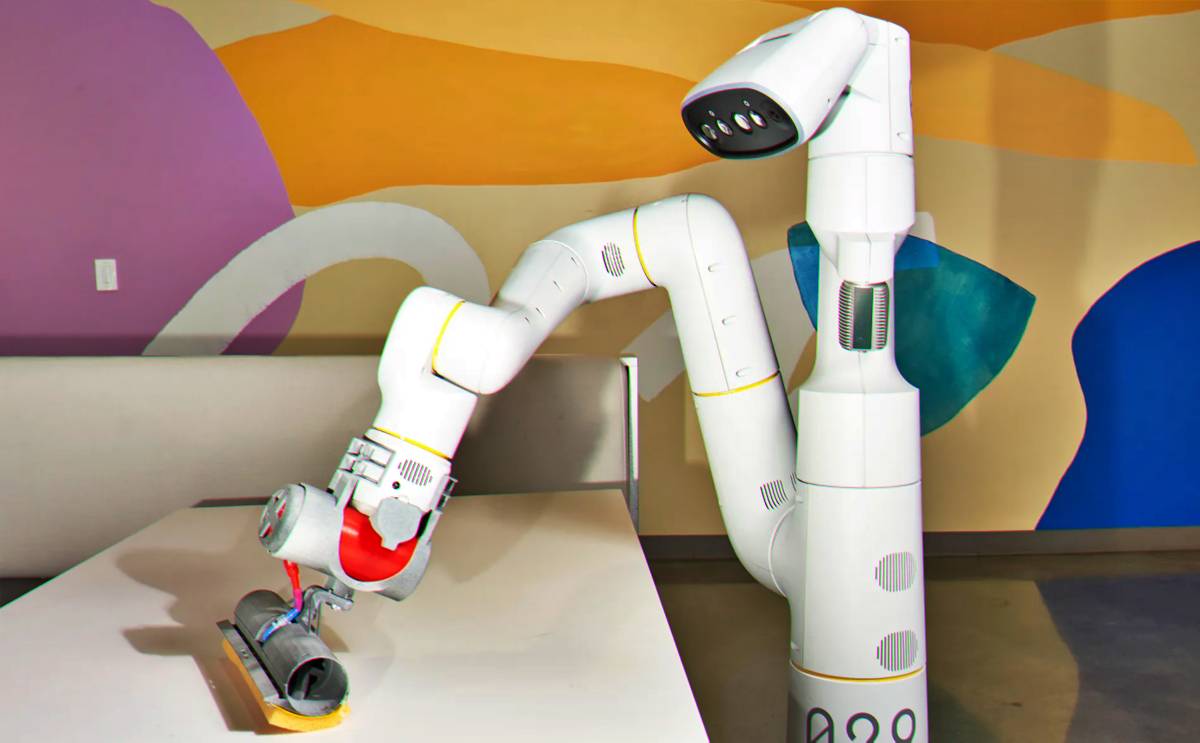Google has taken Another Step toward the Future of Robots with Artificial Intelligence. It began by giving the company’s everyday helper robots AI language skills so that they could understand humans. This attempt was covered by Google’s Research Scientist in the most recent episode of its Research Bytes.
With Native Language, Command Google’s Robot Can Now Serve Them Chips
Many businesses now have robots that can do simple tasks like fetching drinks and cleaning surfaces. Alphabet, Google’s parent company, is also one of them, and it has been developing them for years. All you need to know about Alphabet is “Google’s Parent Company”.
Alphabet Inc. is a multinational technology conglomerate with headquarters in Mountain View, California. On October 2, 2015, it was formed as a result of a Google restructuring and became the parent company of Google and several former Google subsidiaries. Alphabet is the world’s third-largest technology company in terms of revenue and one of the most valuable corporations. Along with Amazon, Apple, Meta, and Microsoft, it is one of the Big Five American information technology companies. The formation of Alphabet Inc. was motivated by a desire to make the core Google business “cleaner and more accountable”. While also allowing group companies that operate in industries other than Internet services greater autonomy.
How the Bots Respond To Simple Instructions and Changes done by AI language
These bots can only respond to simple instructions, but with AI language upgrades from scientists, they may work a little smarter than before. It will understand the consequences of spoken sentences, for example, if it hears phrases like “I spilled my drink, can you help?” As a result, it will go to the kitchen to fetch the sponge.
- Advertisement -
Rather than apologizing, it will provide better response and determine possible commands actions. This upgrade may appear minor, but it is the start of something significant. In the future, we may see them capture commands directly from the reaction, such as “Ohh! my coke can just slip,” and begin working on its possible action.
Google’s research team has named this approach PaLM-SayCan, and they claim that the bots can correctly respond to 101 user instructions 84 percent of the time. And it would successfully execute on given instructions 74% of the time, and at the Google Robot Lab, researchers are still working on it to improve its understanding more precisely.



